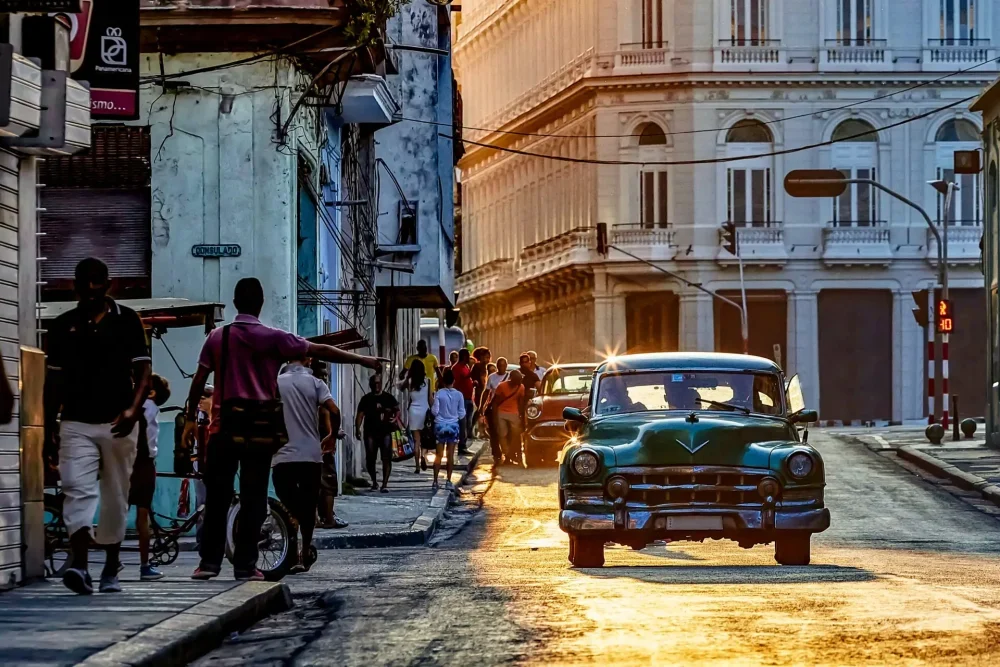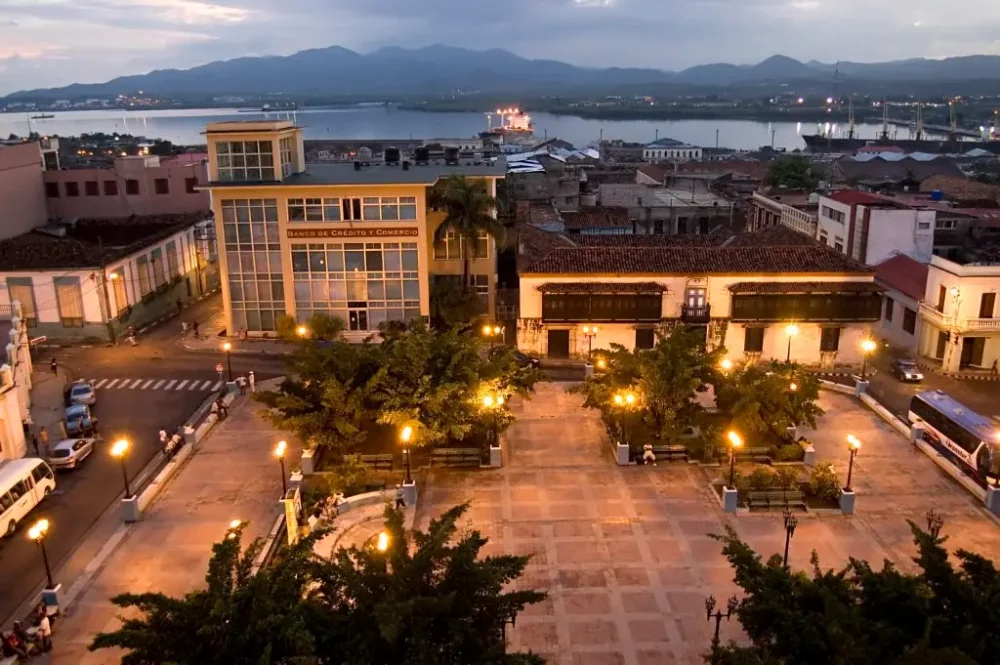The Island of Freedom attracts tourists all year round: tropical climate, diverse nature, picturesque beaches. However, planning a trip requires an understanding of the local seasons. The question of “when to go to Cuba” does not have a straightforward answer. It all depends on priorities: comfortable weather, event tourism, tour prices, and the island’s traveler traffic.
Weather in Cuba by Month: How Climate Changes Throughout the Year
The climate of the Caribbean country is a vivid example of a tropical regime. The average annual temperature ranges from +24 to +30 °C, with changes by month determined by rainfall levels and humidity. From November to April, the dry season continues — favorable for trips and active tourism. From May to October, the rainy season sets in: downpours are possible every day, but they are often short-lived and do not disrupt leisure activities.

Regardless of the period, the weather remains warm, but the level of comfort and outdoor activities directly depend on humidity. Tourists sensitive to climate changes often choose the end of winter or the beginning of spring to avoid heat and high humidity.
When to Go to Cuba: Best Season for Vacation
The choice of month depends on what you expect from your vacation. When to go to Cuba? Seasonality plays a key role in planning. For example, in winter, the influx of tourists is significantly higher, while in summer, you can find more affordable offers, but considering the weather. To choose the optimal time, consider the goals of your trip:
- beach vacation — from December to April, minimal rainfall, calm sea;
- time for excursions — January-March, moderate temperature, low humidity;
- carnival in Santiago de Cuba — end of July, the main cultural event of the year;
- diving and snorkeling — September-November, high water clarity;
- quiet season — May and October, low tourist flow, reduced prices.
This approach allows you to tailor the timing to the format of your vacation, avoiding climatic or tourist overload.
Vacation in Cuba by Month: Advantages and Limitations of Each Period
Each season on the island has its pros and cons. Vacation should be considered in terms of activities, climate, and cultural events.
Winter (December-February) — dry air, mild climate, high attendance. Tour prices in Cuba are at their peak during this period.
Spring (March-April) — still dry but warmer. Fewer tourists, good conditions for excursions and sea trips.
Summer (May-August) — the rainy season starts in May. In July, the traditional carnival takes place. High humidity, but lower accommodation prices.
Autumn (September-November) — the rainy period continues until mid-November. Towards the end of autumn, preparations for the high season begin, and you can find good deals with stable weather.
Carnival in the Low Season: Memories for a Lifetime
For those seeking not just a beach vacation but a vibrant cultural experience, the question of when to go to Cuba becomes particularly important. July is the ideal month for those who want to experience the local color: this is when the legendary carnival takes place in Santiago de Cuba. This grand event with parades, live music, and street festivals immerses you in the atmosphere of authentic Cuban energy. However, it is worth noting: in July, there is high temperature, humidity, and the likelihood of daily showers — companions of the hot Caribbean summer that one must be prepared for.
If you prefer a relaxed pace, tranquility, and comfort, consider the so-called “low” period. May, September, and October are times when there are fewer tourists on the island, lower accommodation and flight prices, and nature looks particularly vibrant. A suitable option for those who want to see the republic without hustle, enjoy leisurely walks, and discover its authentic side.
Events by Month: When to Fly to Cuba for Experiences?
The country in the West Indies offers not only beaches and tropical climate but also a rich calendar of cultural events that can set the tone for the entire trip. Understanding when it’s best to vacation in Cuba is important not only because of temperature or rainfall but also in terms of atmosphere. The island lives to the rhythm of music, street festivals, and local traditions that unfold at different times of the year.
January and February are perfect for jazz and dance enthusiasts. Havana hosts the International Jazz Festival, attracting musicians from around the world. The weather is comfortable during this time, without heatwaves or heavy rains, and there are enough tourists, but not excessively.
March and April are times for cultural exhibitions, street performances, and Holy Week. Ideal months for walks and excursions, with stable temperatures and the island’s lush greenery.
July is a key month for those seeking energy and grandeur. Santiago de Cuba hosts the famous carnival — a grand parade with orchestras, national costumes, and round-the-clock street life. However, it should be noted that in the height of summer, temperature and humidity peak, and brief showers are possible daily.
September and October are not the busiest months. There are few tourists during this time, making the vacation particularly peaceful. Local fairs, vintage car exhibitions, and regional holidays take place. A good time for a secluded vacation and a leisurely immersion into everyday life.
November and December mark the official start of the tourist influx. The island nation comes alive, hosting gastronomic festivals, Christmas, and New Year events. The weather is comfortable, with temperatures ranging from +25…+28 °C, warm sea, and top-notch service. When to go to Cuba is no longer about climate but about readiness for the island’s lively, vibrant atmosphere.
The choice of month directly influences the style of vacation. The island offers events all year round — you just need to choose what suits you best: colorful parades, peaceful days on the beach, or cultural routes in historic cities.

Guided by Climate, Goals, and Opportunities
Deciding when to go to Cuba means comparing personal preferences with seasonal realities. The island offers year-round hospitality, but different periods are suitable for different types of vacations.
The dry season is preferable for beach tours and excursions. The rainy season is for budget-conscious tourists and those who appreciate authenticity. And the carnival is for those who want to feel the rhythm of Cuban culture. The choice is always up to the traveler, the main thing is for it to be informed and prepared.
 en
en  ar
ar  de
de  es
es  fr
fr  nl
nl  hi
hi  it
it  pt
pt  el
el 



